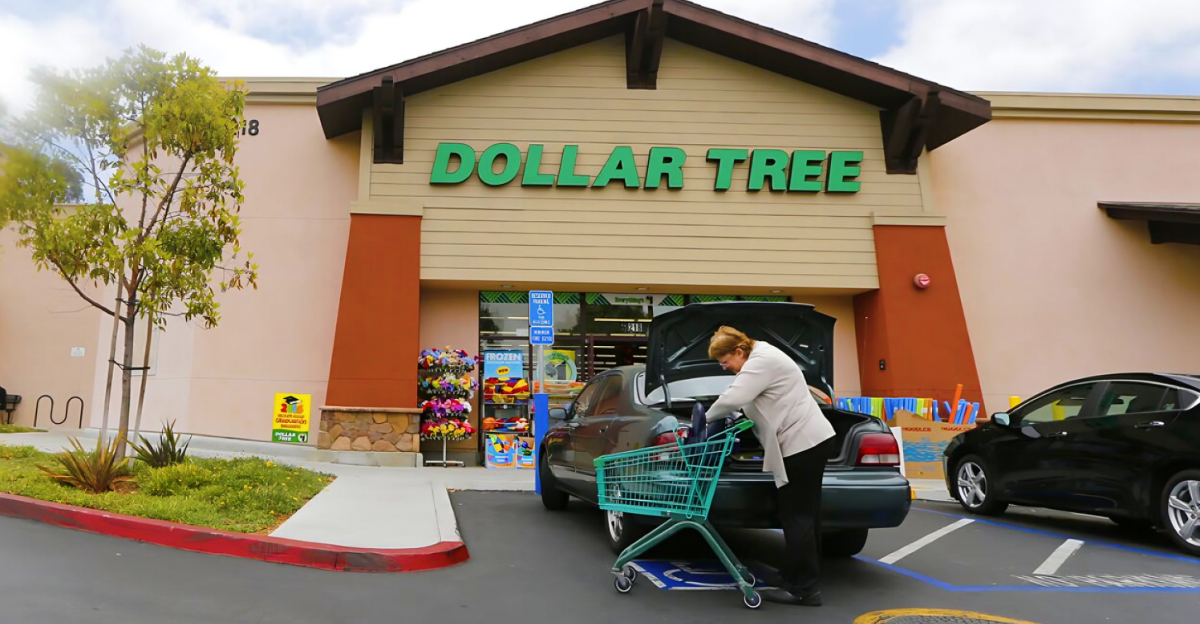
For most Americans, the neighborhood Family Dollar or Dollar Tree store was more than just a bargain retailer—it was a local hub. But now shelves are starting to empty.
Dollar Tree has revealed that hundreds of stores will be closing down in a development that’s striking fear around neighborhoods and shopping malls.
What went wrong with this retail giant? And why now? The solution isn’t easy—but it’s part of a much larger economic narrative that’s still being written.
Not Just a Bump in the Road
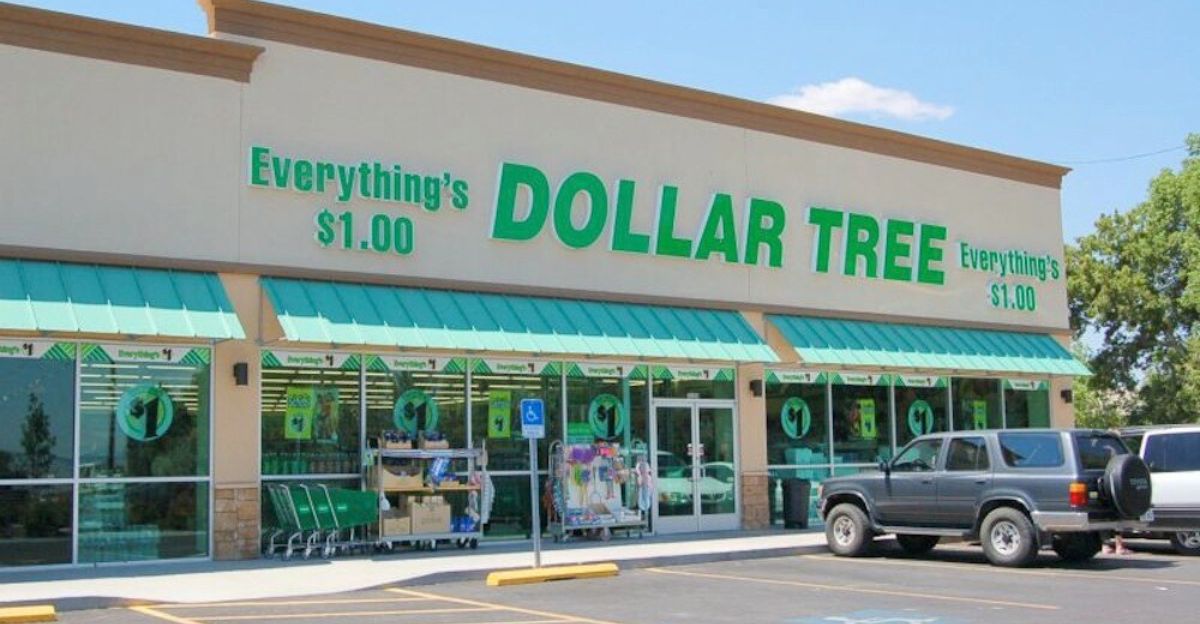
It’s not a matter of gently closing a few struggling stores. We’re talking over 370 Family Dollar and hundreds of Dollar Tree stores to close—which is record-breaking in discount retailing.
When you step back and examine the bigger picture, it’s one of the largest retail mass store closures since the post-COVID shrinking.
But what’s unusual is that the in-house store brand by Dollar Tree was doing well. Then why close both of them down?
The $1.71 Billion Blow

The culprit? A jaw-dropping $1.71 billion net loss in a single quarter. Dollar Tree’s weak link, Family Dollar, dragged the numbers deep into the red.
While even Dollar Tree stores themselves registered a modest gain in sales, harm inflicted by its failing sister brand was too devastating to be dismissed.
For the company, this was not merely a poor quarter—this was a flashing red light screaming for action and fast.
A Bad Deal
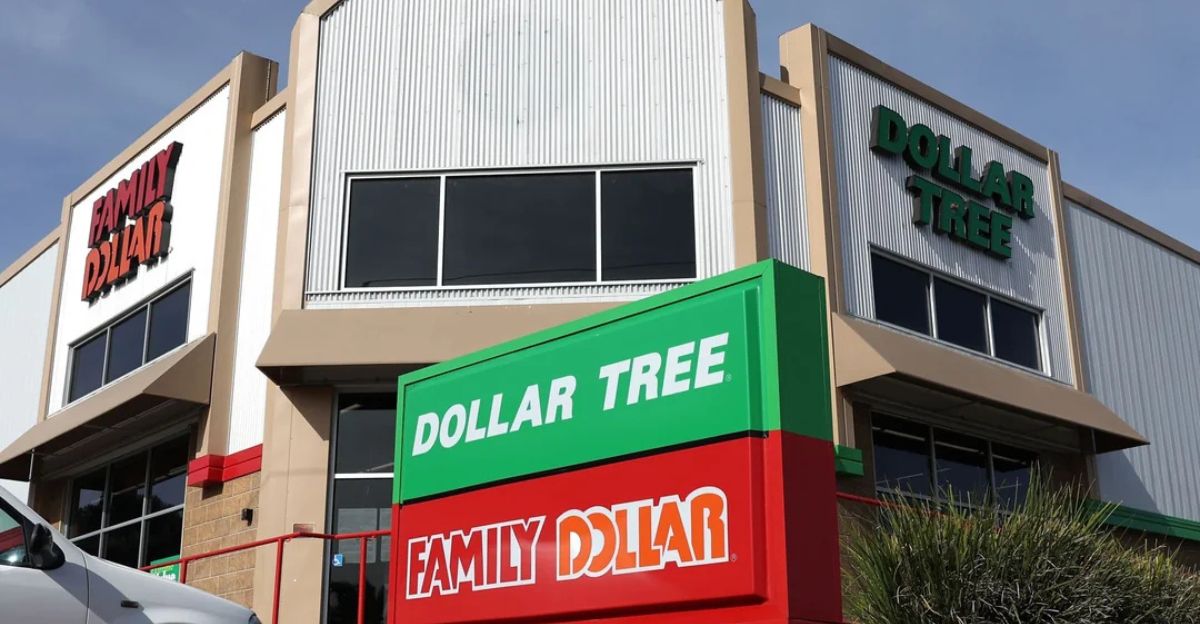
A decade ago, Dollar Tree placed a monster wager: it acquired Family Dollar in a bid to own the discount empire. But instead of synergy, the transaction was burdensome.
Family Dollar just couldn’t get into gear under new management. Pedestrian sales, dated stores, and changing customer preferences meant the blockbuster potential deal gradually frayed—leaving Dollar Tree to confront some ugly choices in 2024.
The Inflation Squeeze
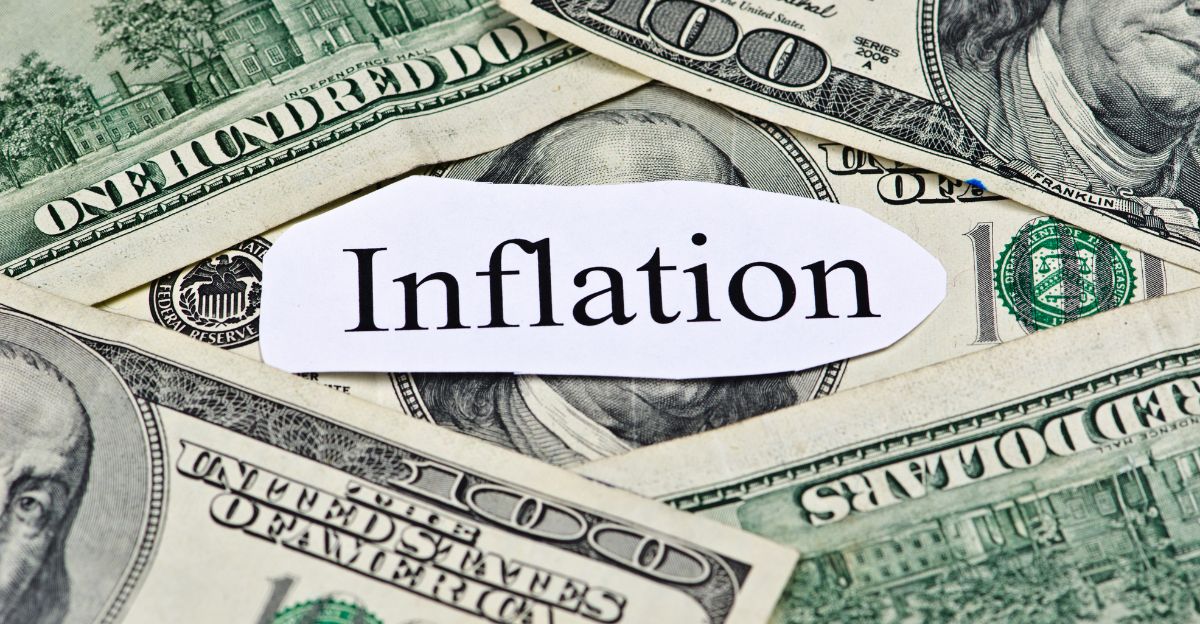
Inflation didn’t only hurt luxury goods—budget shoppers suffered the most. Dollar Tree regulars, generally individuals from low-income families, grew more cautious and picky.
As eggs, milk, and even Dollar Tree $1.25 products continued to rise, consumers began to reduce their spending.
Alternative chains such as Aldi and Walmart crept in with cheap prices and greater variety. Dollar Tree’s faithful customer base, on which it had relied, started to disappear.
Shoplifting in the Aisles

In hushed boardroom tones, too, executives fought another enemy: shrinkage. Retail theft—the organized and opportunistic kind—has soared. With profit margins wafer-thin, even minor losses chip away.
Family Dollar’s urban and poverty-level stores were particularly susceptible, and staffing shortages only exacerbated the problem. Although not the primary cause of closures, this “silent crisis” was a contributing factor to the decline.
Farewell to Budget Beauty

One of the most significant losses? Cheap beauty and hygiene products. Dollar Tree and Family Dollar stocked skincare, shampoo, cosmetics, and essentials for a couple of bucks.
In most neighborhoods, these stores were the sole local source for such products. Their demise will create vacancies, particularly in communities where drugstores price similar products at half—or more.
Fashion on a Budget, Adieu

You may not associate fashion with “Dollar Tree,” but both retailers have found a niche market in accessories.
Scarves, earrings, sunglasses, and seasonal accessories enable customers to update their image without overspending. Teens, seniors, and working-class families depended on these items to “look the part.”
Ghosts in the Strip Malls
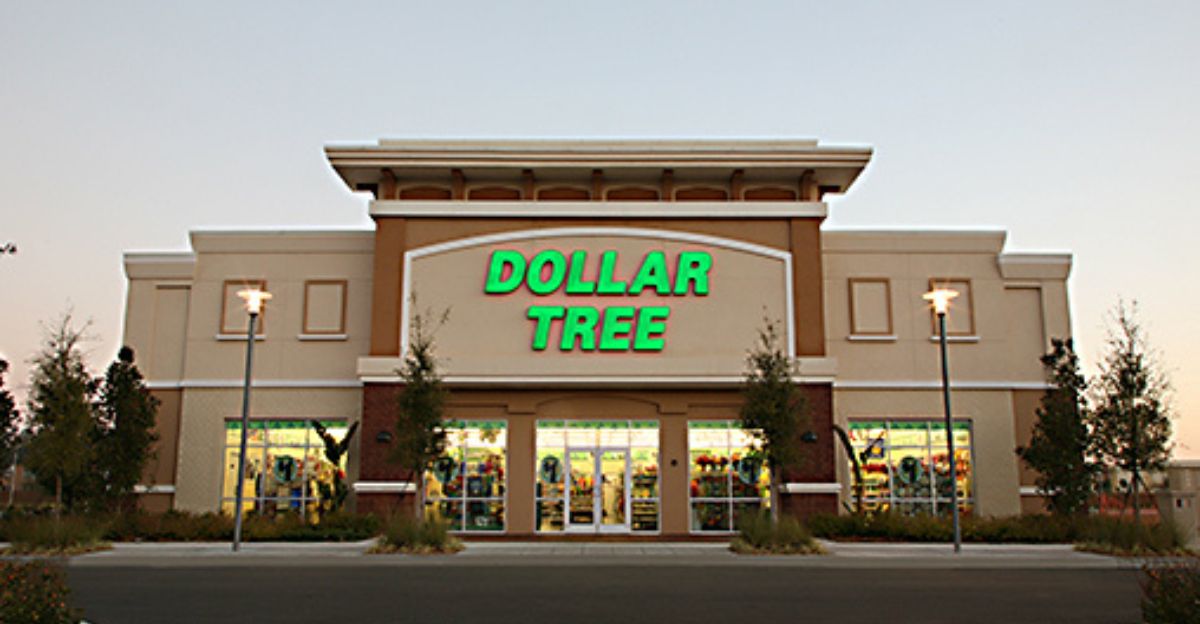
These closings are not only bad for consumers—they’re a landlord’s nightmare. Dollar stores are anchors in most small town and suburban strip centers.
With 1,000 combined closings at Family Dollar and Dollar Tree, real estate is suffering. Vacant stores equal fewer feet on the street, lower rents, and more Main Street boarded-up windows.
Food Deserts Widen
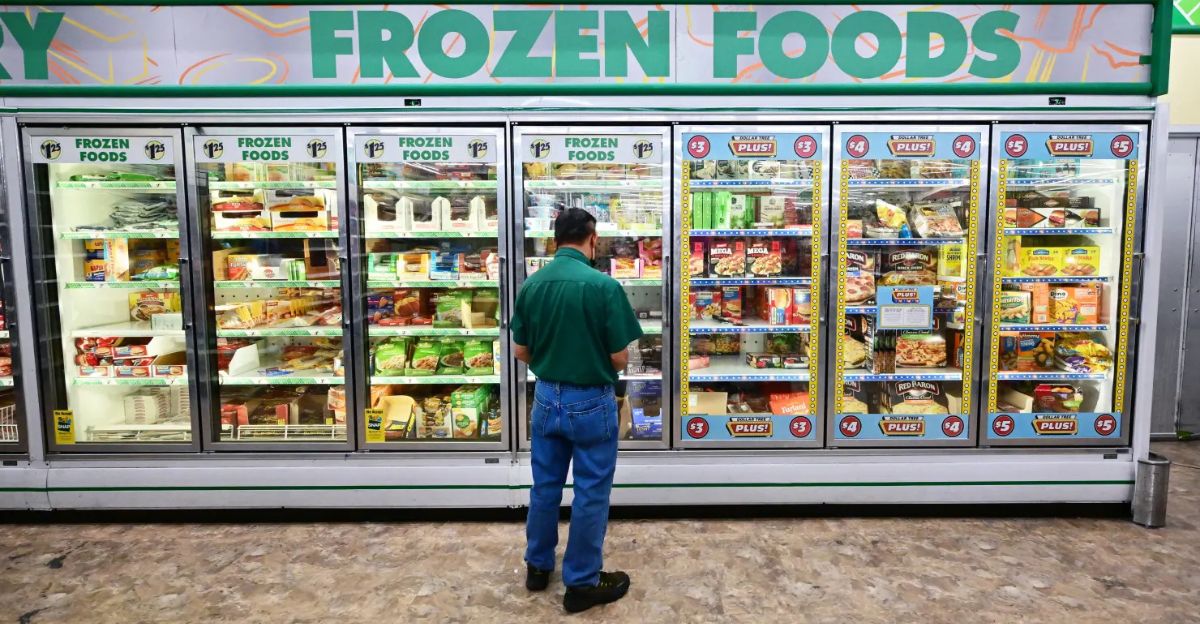
Most neighborhoods relied on Family Dollar as their source of affordable groceries. The stores were lifelines in areas barron of nearby supermarkets.
The stores are gone, and now some residents can’t access milk, bread, or fresh food as easily. It’s an invisible crisis growing particularly in rural and low-income urban communities.
Digital Band-Aid, Real-Life Gap
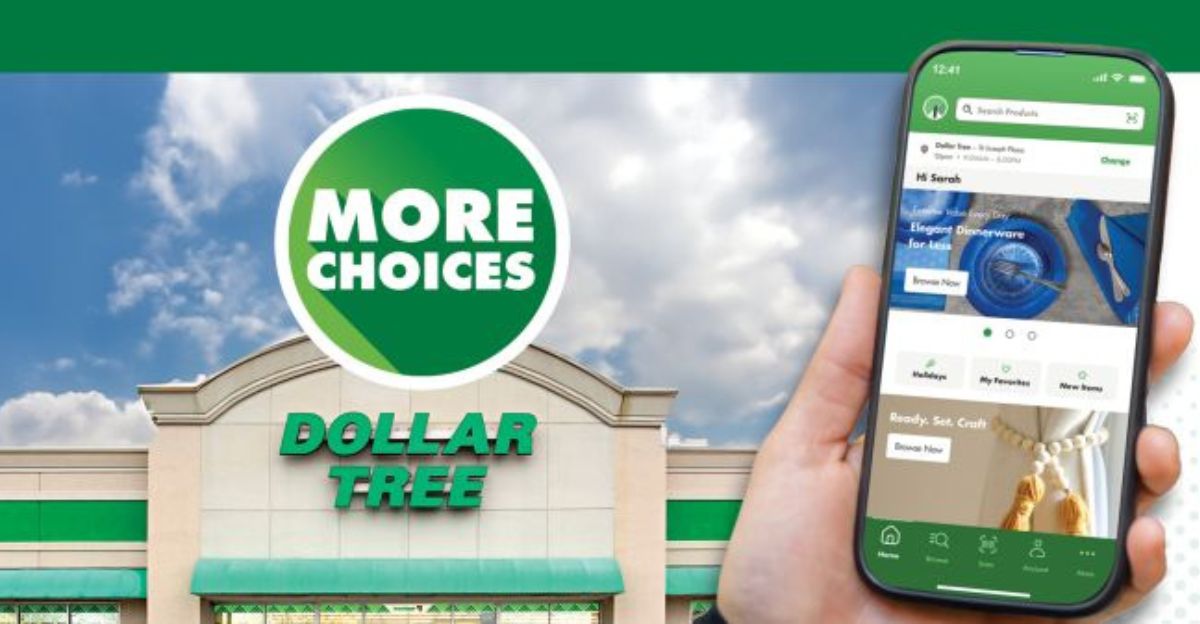
Dollar Tree has tried to catch up with online shopping and delivery. It sounds convenient, but it doesn’t really address the issue for the majority.
There is uneven internet access, charges for delivery add up, and nothing beats driving into a neighborhood store and quickly picking up what you want. For many, digital growth is a detour, not a destination.
What About the Workers?

Thousands of employees—cashiers, managers, stockers—were left in limbo. Some were re-assigned, others were let go with severance pay.
But in rural communities, “nearby stores” might be dozens of miles away. Local job fairs and retraining programs are working to help, but the economic ripple effect of so many jobs lost will be felt for months, or even years.
A Future Without Family Dollar?
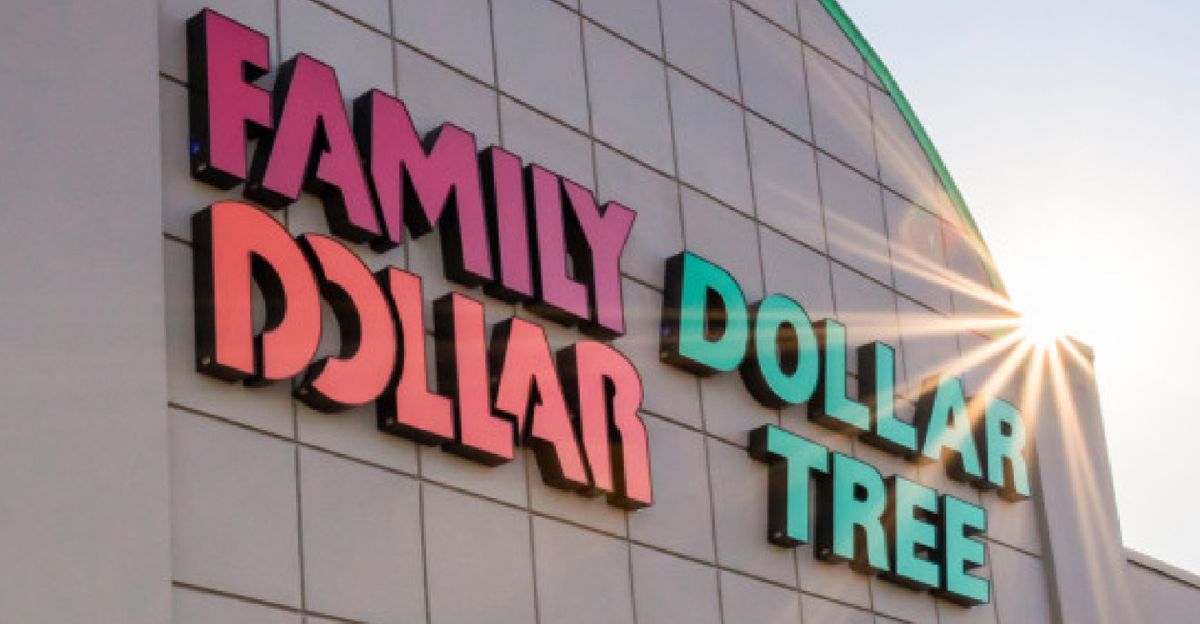
In March 2025, at last, Dollar Tree divested Family Dollar to private equity investors in an effort to flush the brand and begin again.
Its new owners say they’ll transform it—but only time will tell if the reincarnation is genuine or another corporate laboratory experiment. For now, the brand’s future hangs in the balance, and most of its old storefronts are still dark.
End of an Era or New Beginning?
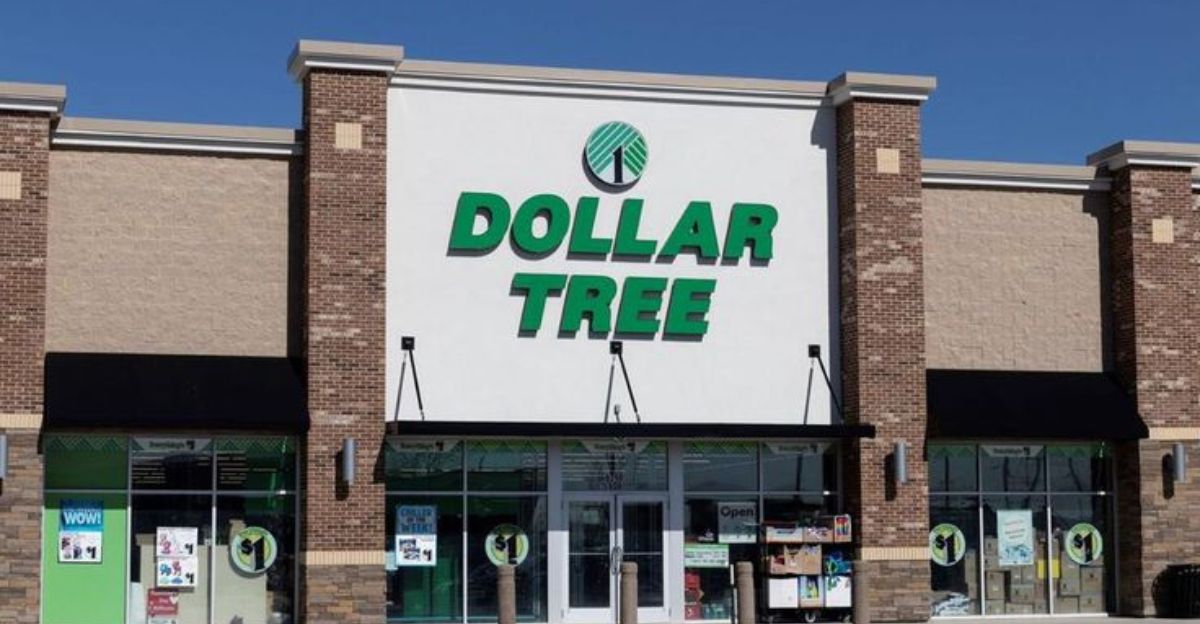
As neighborhoods become used to everyday life without their local dollar stores, the million-dollar question remains: is this the end of cheap discount bargain shopping or the beginning of something new?
Dollar Tree is placing its bet on a more efficient, astute future—but millions of shoppers are left in the dark. One thing’s for sure: the retail landscape is changing, and the repercussions are being felt not in boardrooms, but on Main Streets around the country.